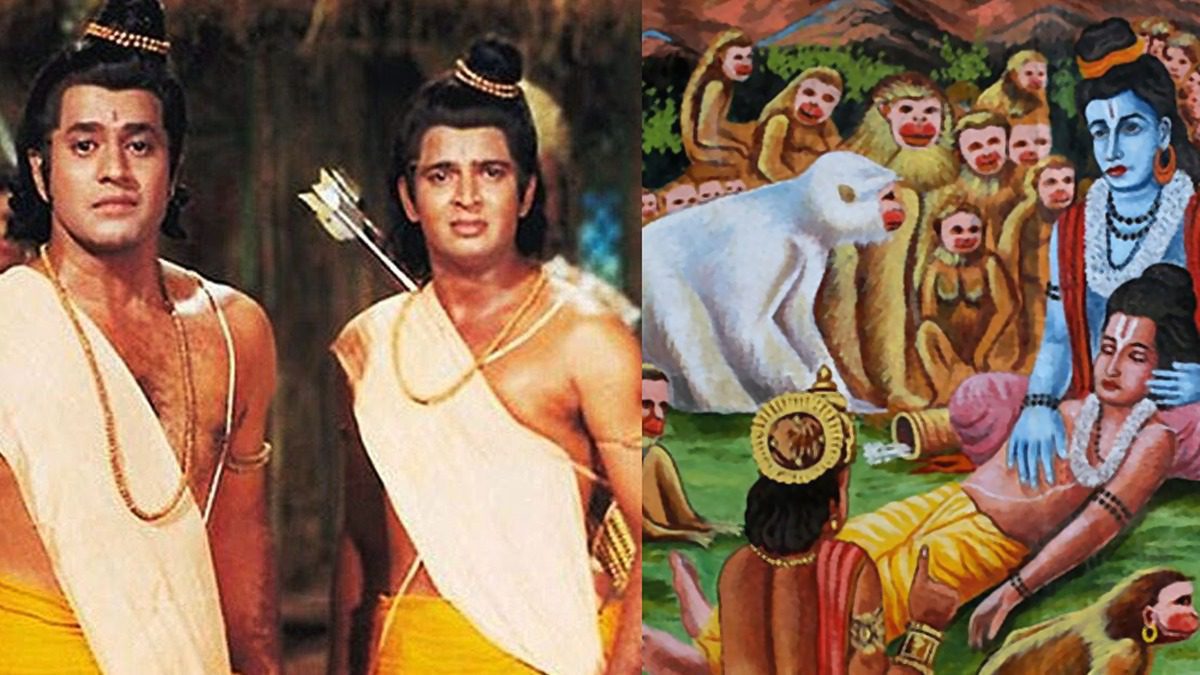To be honest a good number of people know the Ramayana as it has been told in Ramayana TV series by Ramanand Sagar, first aired in 1987. It attracted a lot of fanfare and adulation when it was retelecasted again from 28 March 2020 to 18 April 2020 during Coronavirus lockdown in India on DD National.
Hardly any TV series can claim the cultural and religious influence that Ramanyana had on many generations in India and Indians around the world. For them what’s been narrated in the TV series is the actual great epic of Ramayana in Hinduism.
While the overall message and the core story remains the same, you’ll be surprised to know that there are actually some major differences between the TV series and the original Valmiki Ramayana.
The TV series is essentially a combination of the narrative of Valmiki Ramayana and Ramcharitmanas written by 16th-century Indian bhakti poet Goswami Tulsidas. While the date of Valmiki Ramayana is unknown the Tulsidas Ramayana was written in 1574 CE.
It actually is more influenced by Ramcharitramanas in ways of storytelling than the Valmiki Ramayana. However, it kind of picks the events from both and can’t be said to be completely based on one version.
Lets us have a look at the difference between the original Valmiki Ramayan and Ramayan TV Series
1. There was no Swayamvar for Sita in the Valmiki Ramayan
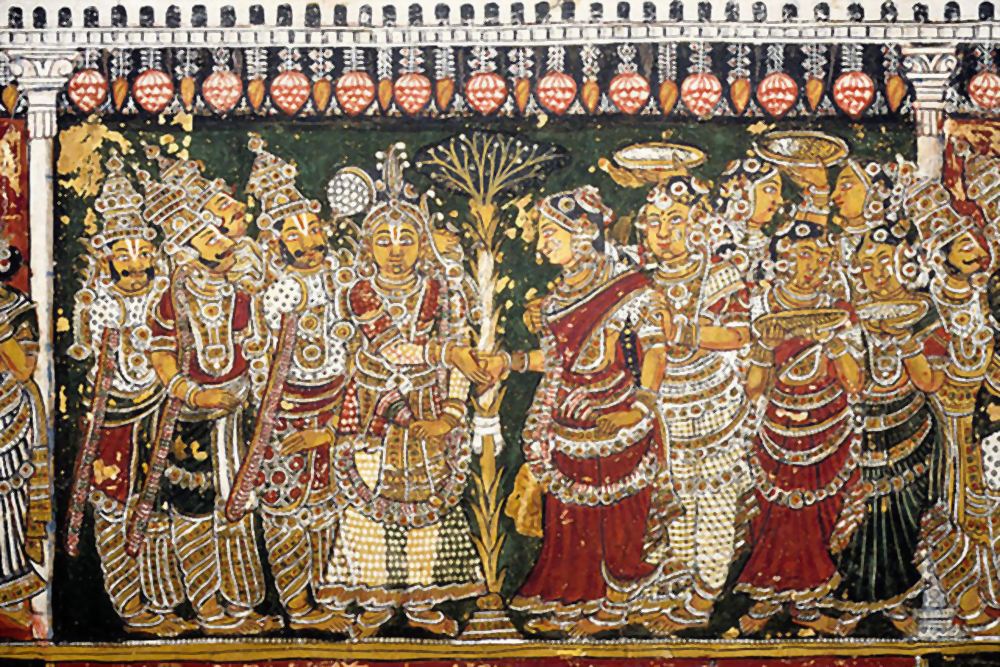
Swayamvar, in ancient India, was a practice of choosing a husband, from among a list of suitors, by a girl of marriageable age. Swayam in Sanskrit means self and vara means groom in this context.
In the TV series, it is shown that there was a Swayamvar which was conducted in Mithila now in Nepal. Ram attended that Swayamvar and after everyone failed to lift the bow, he lifted it.
He, therefore, was eligible to marry Sita and married her. However, as per Valmiki Ramayana, there was actually no swayamvar arranged at the time of Ram going to Mithila.
There were many Swayamvars conducted there long before and everyone who attended it failed to even shake the bow.
Seeta was known to lift the lift the Shiva’s bow during childhood. It was therefore essential for Janak to find a groom who can at least match her prowess.
The inability of other kings to lift the Shiva’s bow became the reason that Sita wasn’t getting married and that worried Janak. The disappointed kings who failed even tried to wage war against her father Janak
When Ram came to Mithila there was no Swayamvar. It was Vishwamitra, who before going to Mithila, told Rama that he would be showing one insuperable bow of Lord Shiva kept over there.
When they entered the royal palace of Janaka, Vishwamitra asked the king to show the bow to Rama. When the bow was shown to Rama, he asked Janaka if he would be allowed to string the bow.
Janaka asked him to proceed. It was only then Rama playfully lifted the bow and as he was stringing it the bow broke into two.
The TV series shows that Parashuram arrived in Mithila after the completion of Swayamvar demanding the single combat with Rama.
However, as per Valmiki Ramayan, once the marriage of all the four princes of Ayodhya was complete, when the marriage convoy was advancing to Ayodhya, the son of Jamadagni, Parsuram presented himself.
It was then he identified Rama and asked him to string his Vishnu bow narrating a war that took between Shiva and Vishnu long before.
2. There is no Lakshaman Rekha in Valmiki Ramayana
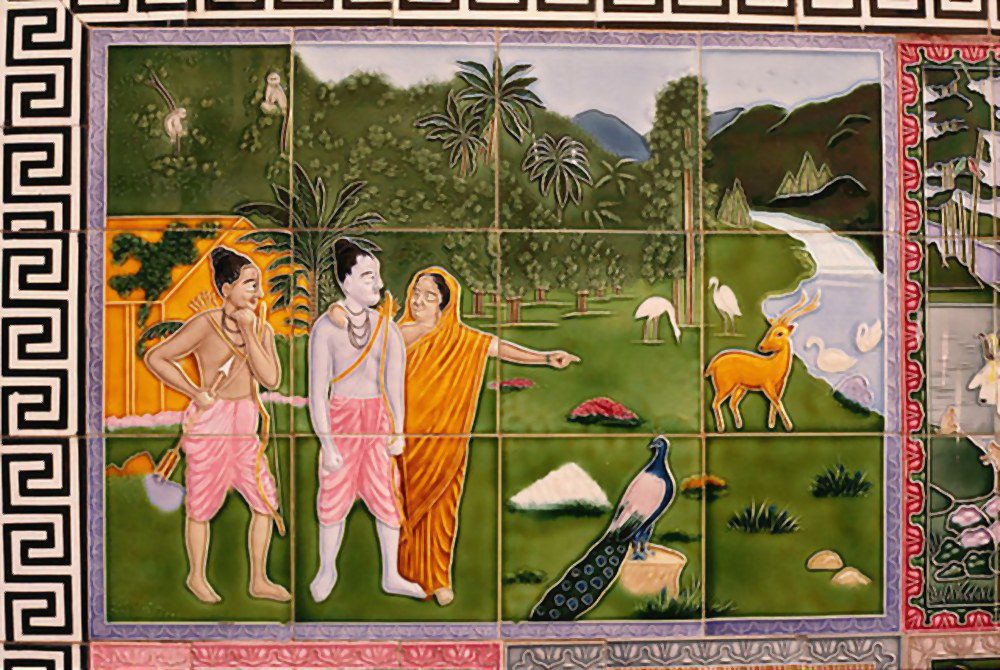
You will be surprised to know that there is no mention of Lakshaman Rekha in the original Valmiki Ramayana. The well-known term very commonly used as a metaphor for a line that can’t be crossed is actually line (border) drawn by Lakshama by his arrow to protect Sita.
The story goes like this — Sita sees a golden deer wandering around the forest, she asserts her husband Ram to catch it.
Lord Ram tracks and follows it into the forest. Meanwhile, Lakshaman hears a scream of Ram, which was actually a trap by Marich, a Rakshasa (demon) who was disguised as golden deer.
Sita insists Lakshaman go and look for his brother Ram. Lakshaman initially refuses then agrees on one condition. He draws a line around the cottage and requests Sita not to cross that line in any situation.
As the story goes she does cross the line and is kidnapped by Ravan the antagonist of Ram but in the real Ramayana, there is no mention of Lakshaman Rekha.
Even in Ramcharitmanas, which was written by Saint Tulsidas, it also doesn’t directly feature this story.
However, there are more than 200 books versions of Ramayana. In northern parts of India, old tribes used to tell stories about Ramayana, from which this story of Lakshamana Rekha came.
3. Lord Ram is not aware he is a god in the original version of Ramayana
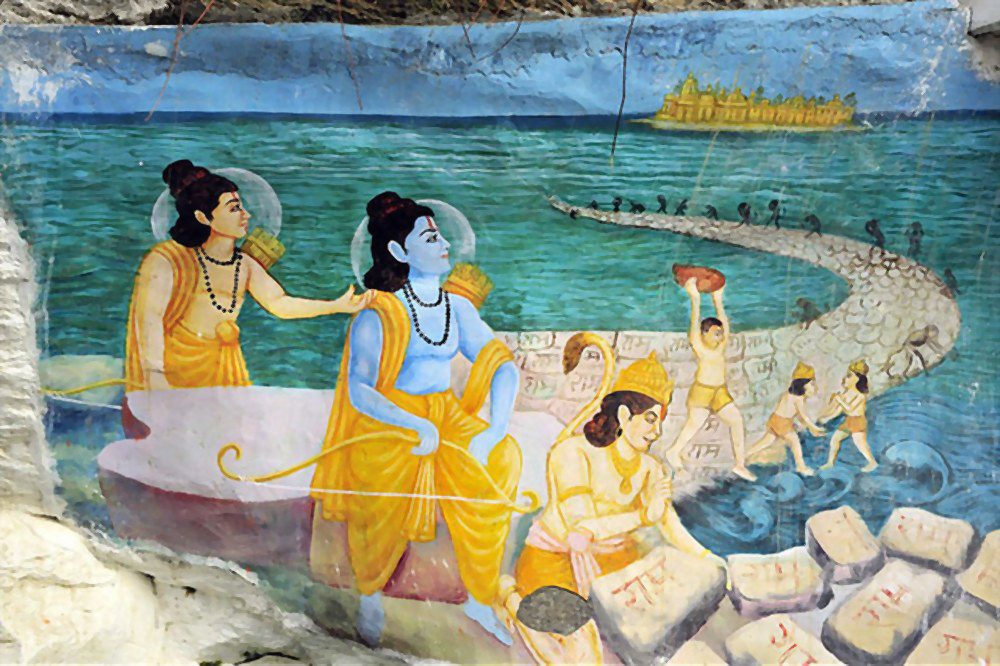
At no place in Valmiki Ramayana, Valmiki ever mentioned that Ram is a God. He is just a mortal human character in his story. In fact, even before Ramayana, it was named “Sitayas Charitam Mahat” wherein the story was meant to be cental to Sita.
However, in order to make people see an ideal person who sticks to Dharma so that they can emulate him despite all adversities, it was called “Ramayana”.
Valmiki tells us the story of a man who learns his life lessons through various challenges life threw at him as a human. He grows up from a mere human to a ‘Maryada Purushottam’ (propriety of conduct) king who is then worshipped as God.
The TV series as in Tulsidas’s version tells the story of a God who comes down to earth to set an example of good deeds. It starts with the worship of Lord Vishnu who decides to take the incarnation of Ram. Each deed of Ram, in this case, has a story behind it.
The version of Tulsidas is more common as it was written in Avadhi language accessible to common people, Sanskrit in which Valmiki Ramayana is recited and passed as Smriti (memory) was the language of elites.
By the time of Tulsidas, Rama became more of a God and less as a human. He became a symbol of divinity and people instead of learning from his deeds and actions started worshipping him as any other god. Tulsidas saw Ram as God and not as a human. So, the story was written in that manner. The TV serial also follows the same premise.
4. Vali’s boon of getting half the power of his opponent is not true as per the original version
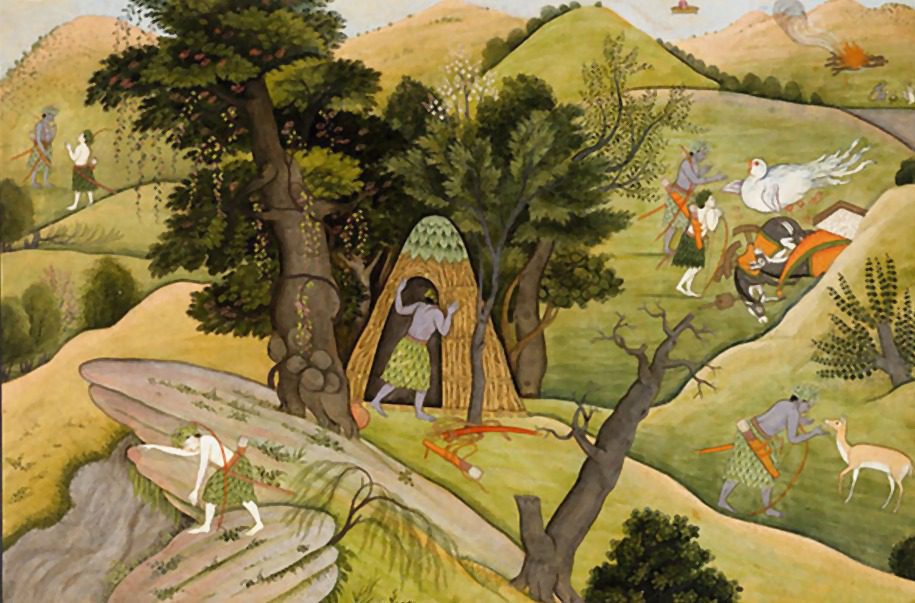
According to original Valmiki Ramayana, Vali had no such boon of gaining half the powers of his opponents as shown in the Ramayana TV series.
However, he had a pendant from his father Indra where he could retain his life breaths even after being seriously injured.
Vali was extremely strong and managed to easily defeat his brother Sugriva who himself was very strong in combat. He also killed many powerful Asuras.
Vali might’ve been the most powerful Vanara of his time. Sugriva had to seek help from Ram in order to kill Vali.
Hanuman served as the minister of Sugriva and was always with Vali and Sugriva before Vali chased Sugriva out of the kingdom. Hanuman was said to be equal to Garuda and his father Vayu in prowess or even to Rama and Lakshmana.
Vali always fought with his fists, teeth, and nails and so did Hanuman. In a hypothetical fight, Vali could even dominate Hanuman at the start as Vali was said to have great energy but Hanuman too was extremely quick, agile and blessed with immeasurable strength which could give him an advantage over Vali.
Vali was already powerful and whenever he went for a war he wore that Pendant of his. Not that this was going to stop Rama from killing Vali.
